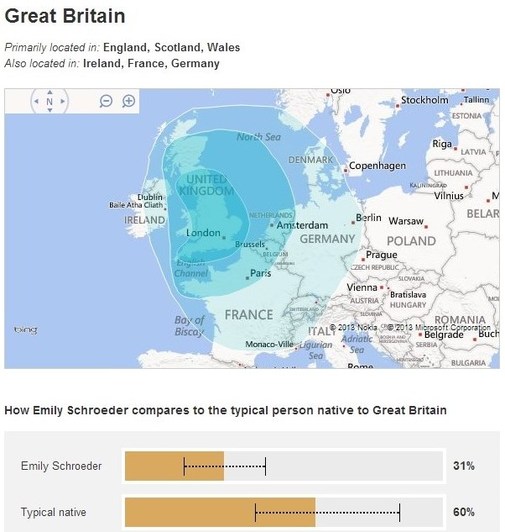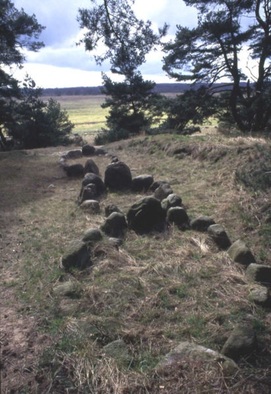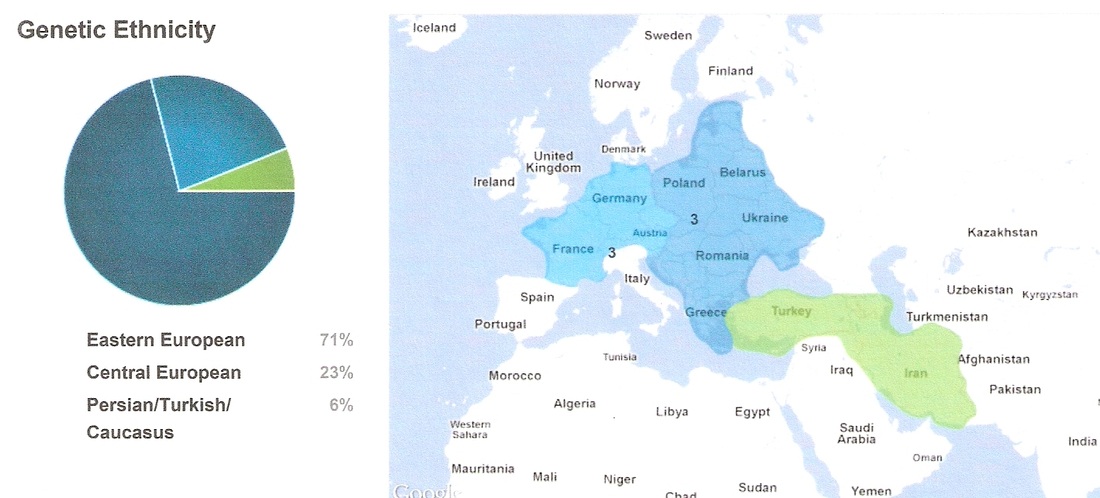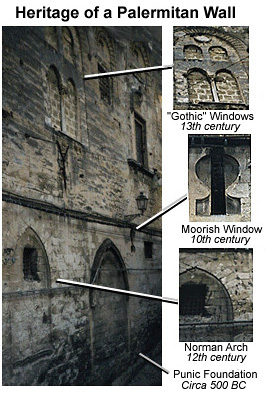Eastern European 71%
Central European 23%
Persian/Turkish/Caucasus 6%
The first two categories made sense to me; my Dad's whole side of the family were Polish and my mom's paternal grandparents were Croatian. My mom's other grandmother was northern Italian, so I figured that would account for some Central European. The Persian part was a surprise, and the region of Italy was completely left out of my results, which was unexpected because two of my great-grandparents were Italian. My Italian great-grandfather was Sicilian, and I chalked up that 6% to Sicily's period of Arabic rule.
Ancestry.com recently reanalyzed their clients' DNA samples, based on a new, more extensive database of "control' samples that they have recently collected from around the world. I got my new results about a month ago:
Europe 96%
Europe East 52%
Great Britain 31%
Italy/Greece 11%
Trace Regions 2%
Finland/NW Russia <1%
European Jewish <1%
West Asia 4%
Near East 3%
Caucasus 1%
Aha! My Italian component shows up this time; however, I am thoroughly confused by the sizable Great Britain signature that didn't show up at all last time. It's almost as if the Great Britain signature has replaced the 'Central European' chunk from my original results. I have no known ancestors in the family tree from Great Britain or really anywhere that close to Great Britain, so the only thing I can think of is that at least several of my Italian, Croatian, and/or Polish great-grandparents have 'British' blood in them from some migration or intermarriage a LONG time ago. It's just that 31% is such a largish chunk, it seems like the genetic influence would be have to be in a more recent generation...
©2013, copyright Emily Kowalski Schroeder








